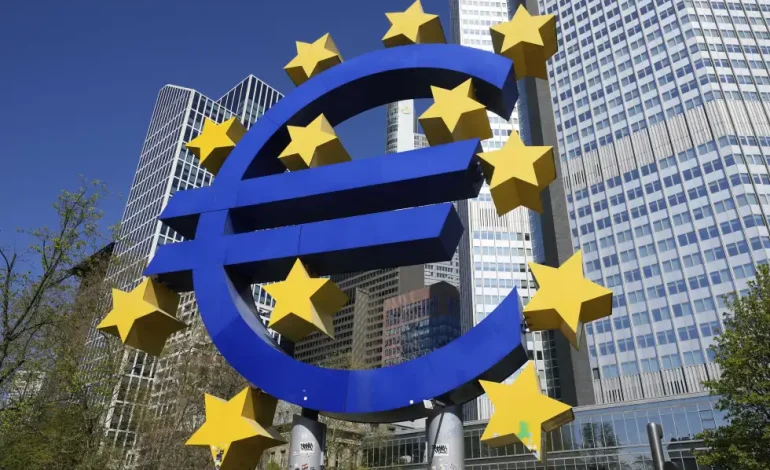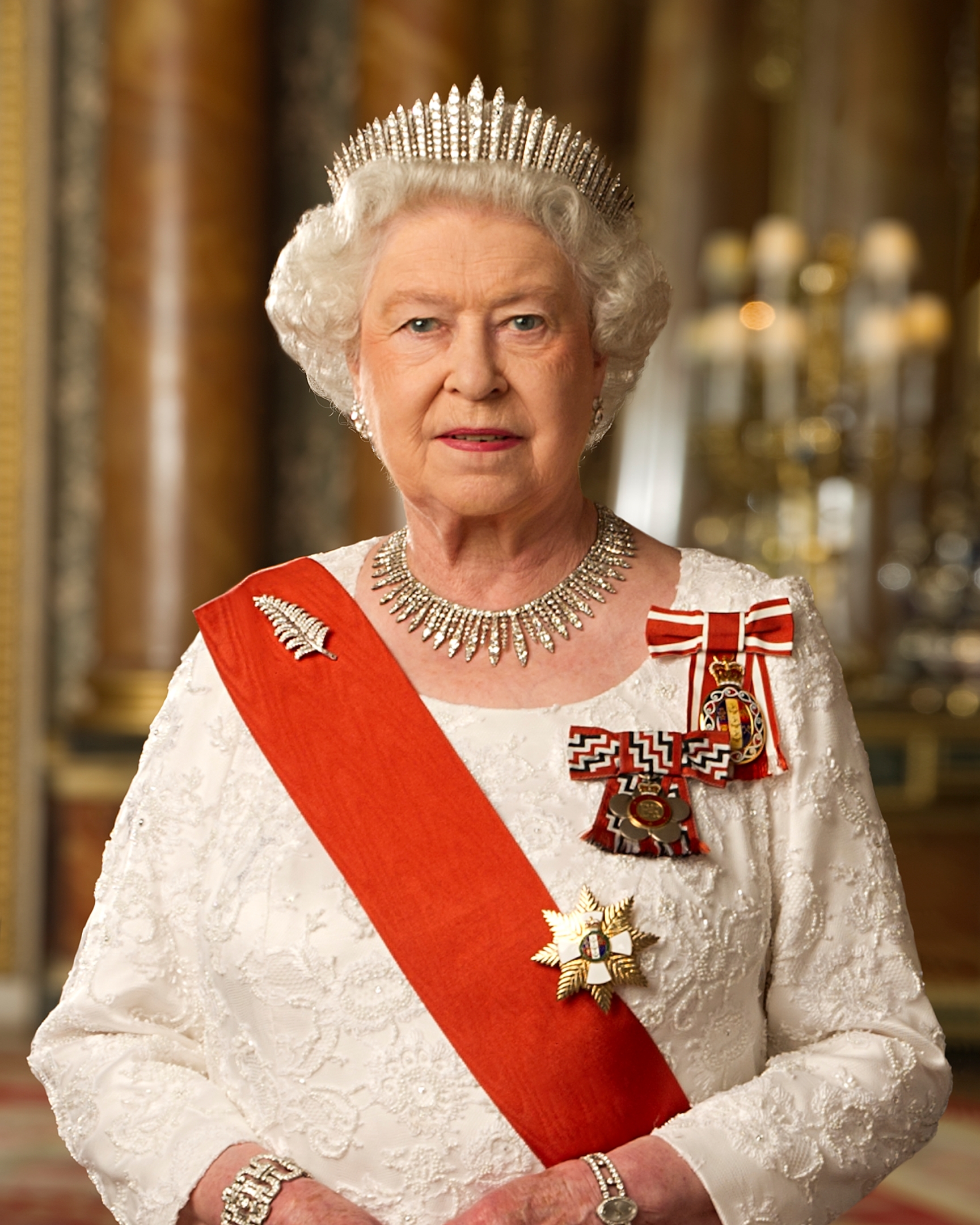Inflation in the euro area fell to 1.9% in May, down from 2.2% in April, marking the first time since September that the rate has dipped below the European Central Bank’s (ECB) 2% target.
The decline—largely driven by lower energy prices—has strengthened expectations of a forthcoming interest rate cut when the ECB’s governing council meets this Thursday.
With inflation appearing to stabilize following the surge of 2021–2023, the ECB is shifting its focus from price control to supporting economic growth. The central bank’s benchmark interest rate currently stands at 2.25%. Analysts widely anticipate a 0.25 percentage point cut at this week’s meeting, with the possibility of further reductions later in the year. Rate cuts lower borrowing costs and can help stimulate investment and consumption across the eurozone’s 20 member countries.
Christine Lagarde, ECB President, is expected to outline a cautious but accommodative path forward, especially as the region faces external threats—chief among them, escalating trade tensions with the United States.
US President Donald Trump has announced significant tariff increases, including plans to double the levy on steel imports to 50% and proposals for a 20% blanket tariff on European Union goods. Although the latter measure is currently paused ahead of a July 14 negotiation deadline, the uncertainty has already begun to weigh on sentiment and economic forecasts.
The European Commission has lowered its 2025 growth projection for the eurozone to 0.9%, down from 1.3% in its earlier outlook. The external pressure comes at a delicate moment for an economy that relies heavily on exports.
Ratings agency S&P Global has highlighted the broad impact of tariff-related uncertainty, issuing 26 negative rating actions between March and May. These include several downgrades affecting US and European firms, as well as sovereign and corporate entities outside the EU, such as Slovakia and China’s Geely Holding Group.
European markets have responded with caution. Following the inflation data release, the euro slipped slightly against both the US dollar and the British pound. Bond yields also edged lower, reflecting investor expectations of further monetary easing. The region-wide Stoxx 600 index fell modestly, as did major national indices across Germany, France, and the UK.
While May’s inflation figures have bolstered the case for interest rate cuts, broader economic uncertainty remains a key concern. As Sweden’s Finance Minister Elisabeth Svantesson noted, the unpredictability of US trade policy may prove more destabilizing than tariffs themselves, particularly for Europe’s globally integrated industries.
The Associated Press and CNBC contributed to this report.








The latest news in your social feeds
Subscribe to our social media platforms to stay tuned